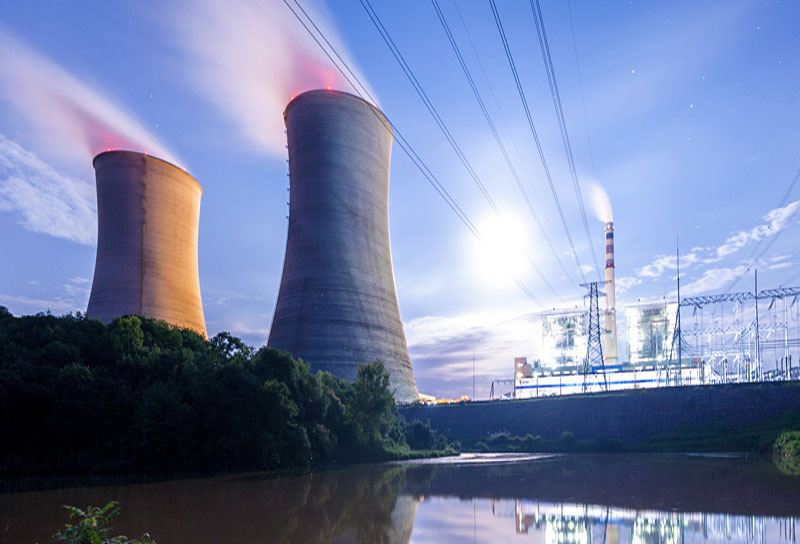
Most of the electric power generated in the United States is generated in steam plants using fossil-fuel and high-speed turbines. Peeling back the cover of a modern power plant would yield a view of high-pressure, high-temperature piping systems. These main lines are the most critical in the steam power generation process.
Gate valves remain a main choice for power plant on/off applications, although special purpose, Y-pattern globe valves are also found. High- performance, critical-service ball valves are gaining popularity with some power plant designers and are making inroads in this once linear-valve-dominated world.
Metallurgy is critical for valves in power applications, especially those operating in the supercritical or ultra-supercritical operating ranges of pressure and temperature. F91, F92, C12A, along with several Inconel and stainless-steel alloys are commonly used in today’s power plants. Pressure classes include 1500, 2500 and in some cases 4500. The modulating nature of peak power plants (those that operate only as needed) also puts a huge strain on valves and piping, requiring robust designs to handle the extreme combination of cycling, temperature and pressure.
In addition to the main steam valving, power plants are loaded with ancillary pipelines, populated by a myriad of gate, globe, check, butterfly and ball valves. Nuclear power plants operate on the same steam/high-speed turbine principle. The primary difference is that in a nuclear power plant, the steam is created by heat from the fission process. Nuclear power plant valves are similar to their fossil-fueled cousins, except for their pedigree and the added requirement of absolute reliability. Nuclear valves are manufactured to extremely high standards, with the qualifying and inspection documentation filling hundreds of pages.
Copyright ©2022 Designed By Emergine Technologies